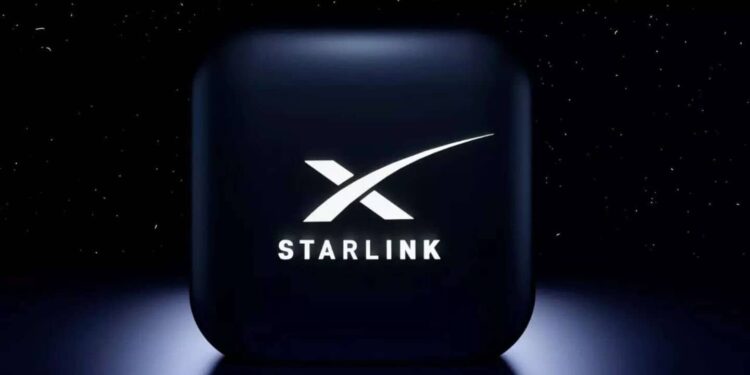In an age where connectivity is more than just a luxury—its a necessity—understanding the differences between Starlink’s satellite internet and traditional fiber-optic connections becomes increasingly important. Picture this: in rural areas where traditional internet options may falter, Starlink shines brightly, beaming high-speed internet directly from space.
But what about urban locales, where fiber networks promise lightning-fast speeds and reliability? As we connect the dots between these two very different approaches to internet service, we’ll dive into the nuances of each, exploring their strengths, limitations, and ideal applications.
From latency issues to installation hurdles, the comparison goes beyond mere megabits per second, weaving a complex tapestry of what modern internet access truly means for consumers today.
Join us as we navigate this fascinating landscape and help you make informed choices about your internet needs.
What is Starlink?
Starlink is an ambitious satellite internet constellation project spearheaded by SpaceX, designed to provide high-speed internet connectivity across the globe, particularly in underserved and remote areas. Unlike traditional fiber connectivity, which relies on elaborate ground infrastructure and specific geographic placements, Starlink utilizes a network of thousands of low Earth orbit (LEO) satellites that beam internet signals directly to user terminals.
This innovative model promises revolutionary internet access regardless of location, bringing connectivity to users in rural regions where traditional providers are unable or unwilling to extend their services. As satellites orbit the planet, they create a dynamic web of coverage, offering the potential to bridge the digital divide while introducing an intriguing alternative to conventional wired technologies.
With ongoing developments and expansions, Starlink is poised to reshape how we think about internet access, consumption, and the fundamental role connectivity plays in modern life.
Overview of Traditional Fiber Connectivity

Traditional fiber connectivity has long been heralded as the gold standard in internet access, delivering blazing speeds and remarkable reliability through the use of light signals transmitted via glass or plastic fibers. This technology is characterized by its ability to offer symmetrical upload and download rates, a dream for gamers, content creators, and remote workers alike. Yet, despite its numerous advantages, the deployment of fiber networks often requires substantial infrastructure investment and time-consuming installation processes, leaving many rural and underserved areas lagging behind.
Moreover, while fiber can handle vast amounts of data traffic and is less susceptible to interference, its accessibility is frequently limited by geographic and economic factors. Consequently, while fiber remains a formidable option for high-speed internet, the landscape is evolving, prompting new contenders like satellite technology to emerge and challenge its longstanding dominance.
Speed Comparison

When it comes to speed, Starlink Internet presents a compelling alternative to traditional fiber connectivity, albeit with some nuances. While conventional fiber networks boast impressive download speeds of up to 1 Gbps, Starlink typically operates within the range of 50 to 150 Mbps.
At first glance, this may seem like a downgrade, yet Starlinks performance shines in rural and remote areas where fiber is often unavailable. The satellite-based system delivers latency times of around 20 to 40 milliseconds, which, although higher than fiber’s near-instantaneous speeds, remains adequate for most online activities like streaming and gaming.
However, the variability of Starlink speeds, influenced by factors such as user density and weather conditions, introduces an unpredictability that users must navigate. For those in urban centers with established fiber infrastructure, the choice may seem clear-cut; yet, for individuals in underserved regions, Starlink’s rapid, reliable access might just outweigh the traditional options.
Conclusion

In conclusion, Starlink internet plans offer a compelling alternative to traditional fiber connectivity, especially for users in rural or underserved areas where high-speed access is limited. With a focus on low latency and global coverage, Starlink is revolutionizing how we connect to the internet, providing solutions for both residential and business needs.
While traditional fiber networks often emphasize their impressive speeds and reliability, Starlink presents a flexible option that can adapt to rapidly changing technology and user demands. For those considering a switch or a new internet provider, its essential to weigh the benefits of each option and find out about Starlink internet cost per month to make the most informed decision. As the digital landscape continues to evolve, both Starlink and traditional fiber will play crucial roles in shaping our connectivity experiences.










